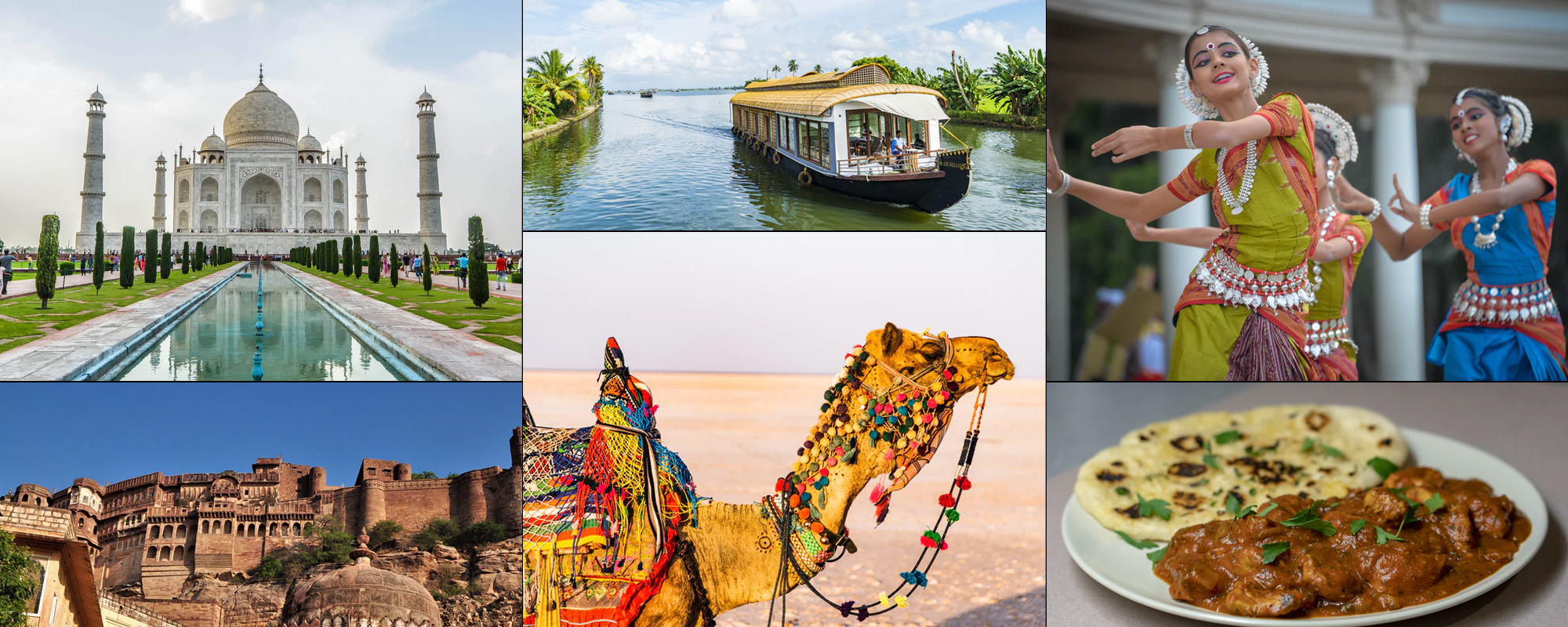
Nestled on the banks of River Jhelum from the southeast of Srinagar, Avantiswami temple is an ancient Hindu temple dedicated to Lord Vishnu and is in the town of Avantipora in the Pulwama district of Jammu and Kashmir.Built during the 9th century AD by King Avantivarman of the Utpala dynasty, the temple is known for its impressive architecture and intricate carvings, which are representative of the style of architecture that was popular during the medieval period in Kashmir. Though in a very dilapidated and crumbled state at present, the temple still boasts of a magnificent architecture that must have been a sight to see during its time.
The temple complex consists of two main shrines - one dedicated to Lord Vishnu and the other to Lord Shiva. The main shrine of Lord Vishnu has a large image of the deity, which is believed to have been brought from Central India. It also has several smaller shrines dedicated to various Hindu deities. The temple was excavated during the 18th century and numerous coins of copper were found from the site which belonged to the Shah Miri Dynasty and Durrani Afghan rulers. The temple and other Hindu temples in Kashmir are the product of the Shaiva and Vaishnava cults along with the seat of Sanskrit learning and literature that flourished in the Kashmir valley.
Over the years, the Avantiswami Temple has undergone several renovations and restorations. However, it has also suffered damage due to natural disasters, including earthquakes and floods. Despite this, the temple remains an important site for Hindu pilgrims and tourists who visit the region.
Standing proudly as a reminder of our glorious spiritual history amidst the scenic green views of the Kashmir Valley, the majestic Avantiswami temple is dedicated to Lord Vishnuand was built during the 9th century AD by King Avantivarman of the Utpala dynasty. He was a great devotee of Lord Vishnu and Lord Shiva and hence erected two shrines for the deities. The Avantiswami temple for Lord Vishnu and the Avantishwara temple for Lord Shiva.
The temple is known for its impressive architecture and intricate carvings, which are representative of the style of architecture that was popular during the medieval period in Kashmir. The temple complex consists of two main shrines - one dedicated to Lord Vishnu and the other to Lord Shiva. The main shrine of Lord Vishnu has a large image of the deity, which is believed to have been brought from Central India. The temple also has several smaller shrines dedicated to various Hindu deities. These temples have withstood the test of time and invasions that the town of Awantipora has faced which includes the attacks of Muslim rulers and the destruction faced by natural calamities.
In addition to its religious significance, the Avantiswami Temple is also important from an archaeological perspective. The temple complex is considered to be one of the best-preserved examples of medieval temple architecture in the region. The intricate carvings on the temple walls depict various scenes from Hindu mythology and provide valuable insights into the cultural and religious history of the region. Excavated in the 18th century, the temple might have been a majestic structure during its time, with some pillars standing tall even today.
The temple complex consists of two main temples dedicated to Lord Vishnu and Lord Shiva. The Avantiswami Temple, dedicated to Lord Vishnu, stands at the centre of an expansive oblong courtyard enclosed by four small shrines at its four corners. A pillared, open sided mandapa can be seen in front of the staircase of the main shrine within the Garudadvaja. The temple has excellent carvings and sculptures distributed along its walls and pillars which are an exquisite example of the ancient Indian architecture and art.
The temple is built on a raised platform and has a square plan with four entrances, eachfacing a cardinal direction. The temple is adorned with intricate carvings of various gods and goddesses, including Lord Vishnu in his various incarnations. The carvings also includescenes from the Hindu epics, the Ramayana, and the Mahabharata.
It is believed that the temple structure has sunk 20feet deep under the earth and that only the apex is visible now. The main shrine of the temple is constructed on a double base with four small shrines at four corners. The bases are still whole, but the sanctum has almost vanished. The original grandness of the temple has been lost and demolished and all that is visible now is the remains of the stunning architectural wreckage on the site.
The best time to visit the Avantiswami temple complex in Awantipora, Jammu and Kashmir, is during the summer months, from April to June, and during the autumn season, from September to November.
During the summer months, the weather in the region is pleasant, and the temperature ranges between 15°C to 30°C, making it ideal for sightseeing and temple visits. During this time, you can enjoy the natural beauty of the surrounding mountains and the lush greenery in the area.The autumn season, from September to November, is also an excellent time to visit the temple complex. The weather during this time is cool and pleasant, and the region is known for its stunning fall foliage. This is a great time to witness the natural beauty of the region and to visit the temple complex.
Sikandar Shah Miri, the then invader and ruler of Kashmir, destroyed the Avantiswami temple along with many other Hindu temples of Kashmir valley.
Avantiswami temple was built by King Avantiverman of the Utpala dynasty and the then Hindu ruler of the Kashmir Valley.
Yes, there is an entry fee for the Avantiswami temple which is INR20 for Indians and INR250 for foreigners.
Copyright 2012-2022 Indiamap Digital Pvt Ltd. All rights reserved. Privacy Policy | Terms of Use